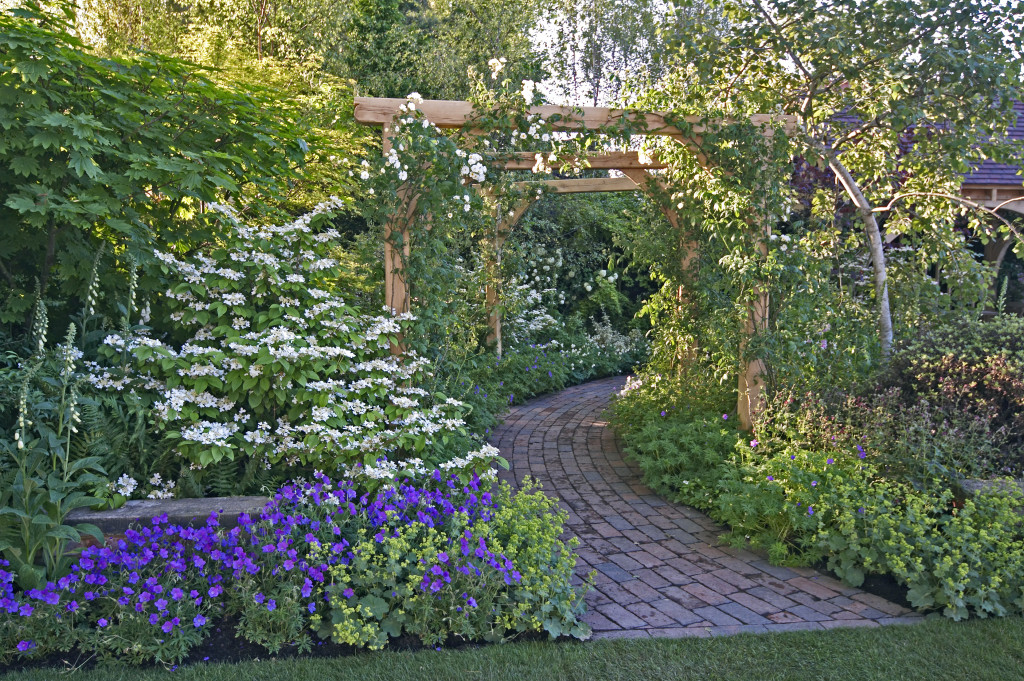Imagine a tree-lined street. You can get about without a vehicle by walking. You can also buy supplies nearby. It’s safe and warm. This is a nice neighborhood. A safe community is more important than how beautiful it is. It has minimal crime and no violence. The playgrounds are tidy, and there aren’t many people hiding behind their gates.
A supportive community builds a good neighborhood. The folks next door and next door are friendly. They’re kind, smile all the time, and care about your life. Also, good neighbors assist and are courteous. They are responsible citizens who clean up after themselves. They are even mindful of loudness. A good neighborhood has several components. Most of it stems from a solid community. We can help create a better society.
Participate in Cleaning Drives
When people work together, amazing things happen. When neighbors band together to improve their neighborhood, they bring more resources to the table. That’s why collaboration is beneficial. Cleaning initiatives are community-based programs and activities. Aim: gather, sort, and dispose of garbage in the area. It involves making minor repairs. It’s a great way to meet new people and make connections.
Cleaning efforts are beneficial for everyone’s health. Cleaning up the neighborhood keeps trash and waste from building up. Thus, pests like rats and insects can be controlled out of the area. These bugs frequently carry illnesses. They can also be a significant hindrance and attack humans, pets, or trash cans.
Cleaning efforts assist preserve a clean and sustainable environment. Remember that plastic is inert and will endure for thousands of years. That’s why it’s so important to collect, sort, and recycle them. They pollute not only the streets but also our land.
Finally, cleaning activities teach individuals insight and values. They can help individuals respect the environment and be more sustainable. It can teach responsibility and civic obligation. These exercises help youngsters develop leadership skills early on. It’s an excellent opportunity to interact and help. It’s cheap and a fantastic workout.
Build a Community Garden

Have you ever planted a seed? A communal garden is a great idea for you and your neighbors. Communal gardens provide fresh vegetables. Flowers, vegetables, and fruits can be used to promote physical activity. It benefits our bodies as well as our minds. Gardening relieves stress. Preparation of the soil starts. An organic matter addition can help enhance the soil for planting. These improve aeration, texture, and structure, retaining water and nutrients.
Plant debris, manure, compost, or excellent mulch are all good additions. You can look for the best foliar fertilizer for soybeans or other vegetables. Mulch helps the soil retain moisture, nutrients and prevents erosion by reducing weed growth. The most fantastic aspect is that it keeps weeds out and cleans up heavy metals, fertilizers, and pesticides. Sharing a garden with your neighbors fosters cooperation. It strengthens your bonds with them. Plants, flowers, and veggies teach you about nature and health.
Raise Funds from Your Garden
Volunteering proactively can draw attention to the economic potential of locally produced food while highlighting efforts that are currently taking place. Food can be produced as close to the marketplace as possible. The opportunities for community food-producing projects can establish more widespread connections within the community while generating income to contribute towards project costs and raise the aspirations of those involved.
What can be more fun and environmentally friendly than purchasing veggies and herbs from a farmer down the street? Having a chef prepare a fresh organic salad sourced from a communal food-producing facility and picked only hours before service is a nice touch. At a farmers market, you can get your hands on some beautiful urban honey. These are just a few of the incredible instances of food produced by residents in our towns and cities and sold to local people who are eager to purchase it.
In addition to enabling individuals to regain control over how their food is grown and sold, food-producing initiatives have the potential to enhance neighborhood aesthetics and build connections between neighbors by bringing light and excitement to be unused or underutilized land.
To make our community and neighborhood a better place to live in, we must collaborate with the individuals in our immediate vicinity. When making an impact on others, we must establish values and show the right conduct when working together.
Don’t be afraid to smile and chat with your neighbor. You can show genuine interest in what they do and invite them to do enjoyable and meaningful activities. This way, you can build a connection and rapport with them.
